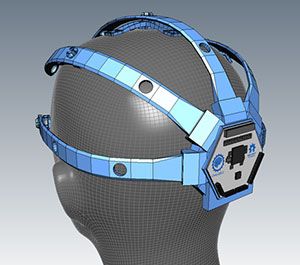Jan 16, 2014
The Future of Spage-Age Management, Today!
Posted by Andres Agostini in categories: biotech/medical, ethics, existential risks, finance, food, fun, futurism, general relativity, genetics, geopolitics, government, habitats, hardware, health, human trajectories, information science, innovation, law, law enforcement, life extension, military, nanotechnology, neuroscience, nuclear energy, nuclear weapons, open access, open source, philosophy, physics, policy, posthumanism, robotics/AI, science, scientific freedom, security, singularity, space, space travel, supercomputing, surveillance, sustainability, transhumanism, transparency, transportation, treaties
The Future of Spage-Age Management, Today! by Mr. Andres Agostini at http://lnkd.in/d7zExFi

This is an excerpt from the conclusion section o, “…The Future of Spage-Age Management, Today!..,” that discusses some management strategies. To read the entire piece, just click the link at the end of article:
BEGINNING OF EXCERPT.
Mr. David Shaw’s question, “…Andres, from your work on the future which management skills need to be developed? Classically the management role is about planning, organizing, leading and controlling. With the changes coming in the future what’s your view on how this management mix needs to change and adapt?…” This question was posited on an Internet Forum, formulated by Mr. David Shaw (Peterborough, United Kingdom) at http://lnkd.in/ba6xX-K on October 09, 2013.
This P.O.V. addresses practical and structural solutions, not onerous quick fixes. THIS P.O.V. WILL BE COMMUNICATED UNAMBIGUOUSLY AND EMPHATICALLY.
Continue reading “The Future of Spage-Age Management, Today!” »


 The phrase “
The phrase “

 When a group of cryptographers launched Zerocoin last year, they hoped their cryptography project could upgrade Bitcoin to be as anonymous as its most privacy-focused users have always wanted it to be. Now, after six months of waiting in vain for their code to be adopted by the Bitcoin community, they’re taking a bolder approach: Creating their own cryptocurrency, with privacy baked in from the start.
When a group of cryptographers launched Zerocoin last year, they hoped their cryptography project could upgrade Bitcoin to be as anonymous as its most privacy-focused users have always wanted it to be. Now, after six months of waiting in vain for their code to be adopted by the Bitcoin community, they’re taking a bolder approach: Creating their own cryptocurrency, with privacy baked in from the start.







